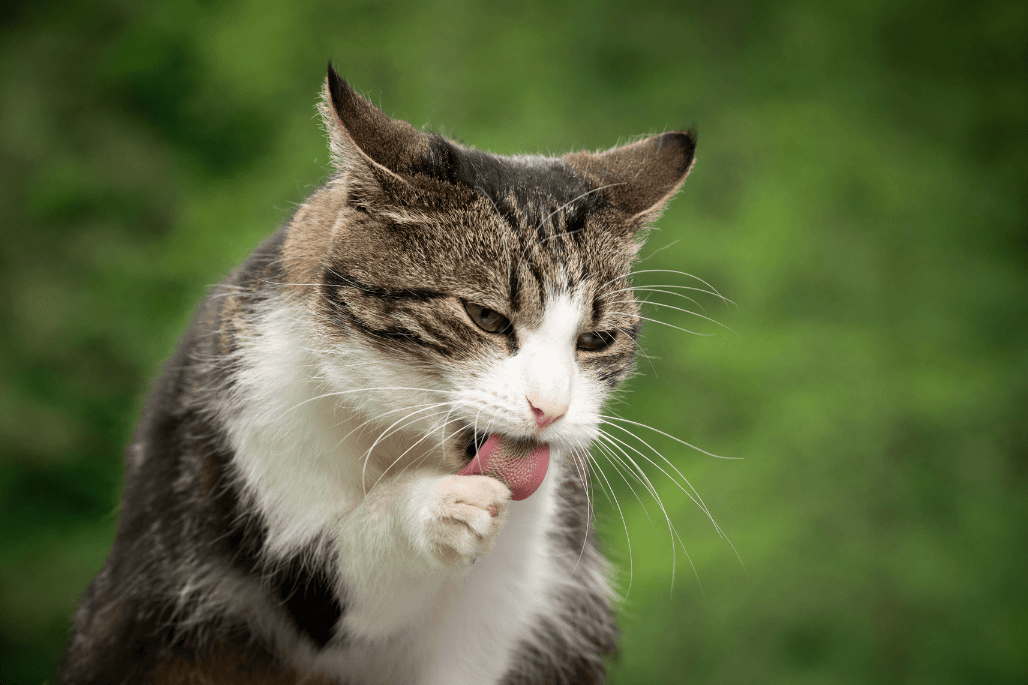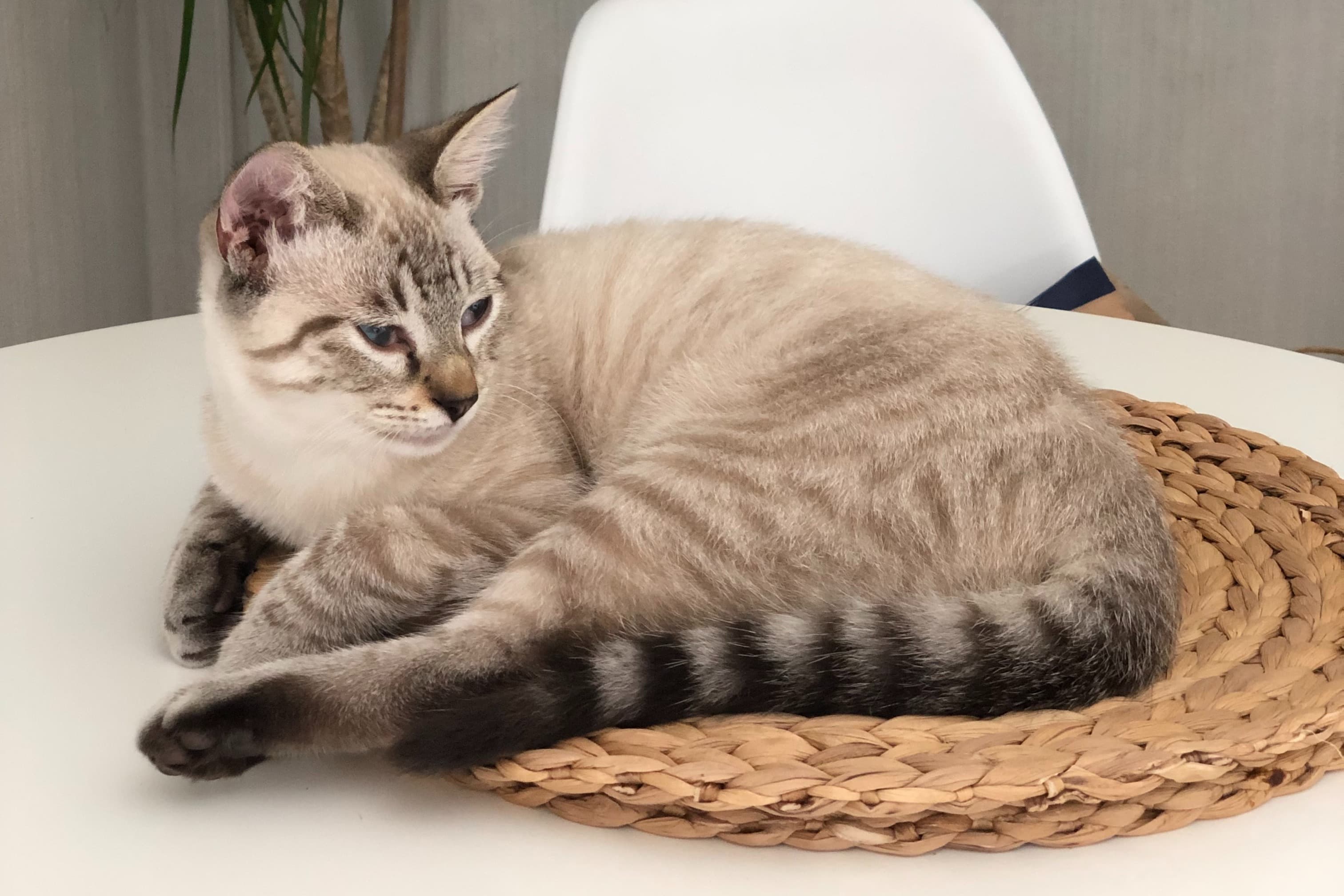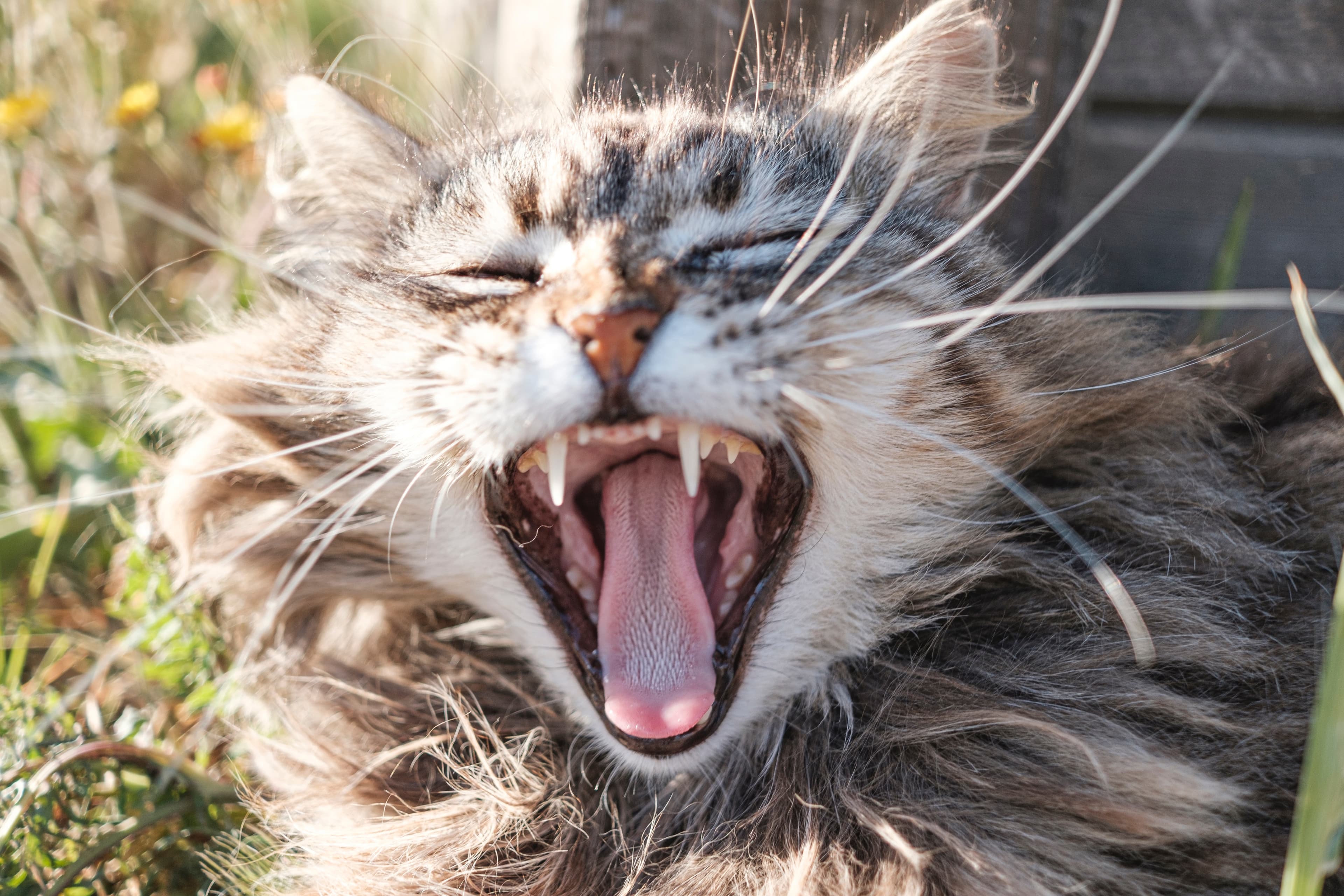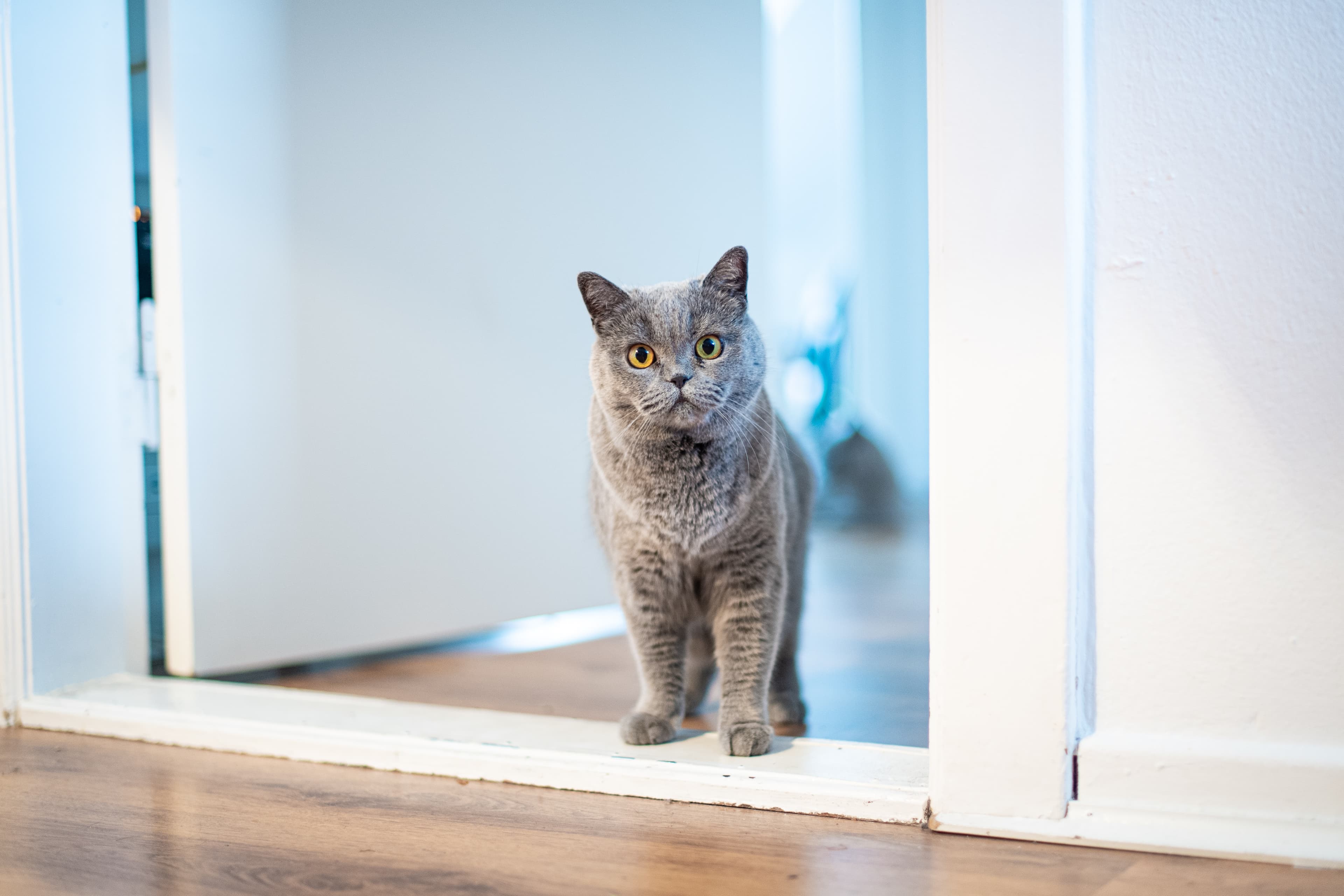How to detect allergies in your cat
Cats can get allergies in the same way as a dog or human. However, the most common allergies are linked to airborne allergies or food allergies. It is not always easy to find out what your cat is allergic to, so we would like to give you a first indication of what allergy can look like in cats.
What is allergy?
Allergy is when the body's immune system overreacts with so-called allergy antibodies to substances in its environment. As mentioned above, cats most commonly have an airborne or food allergy. However, we see that cats can also have contact allergies and it can be difficult to detect exactly what the cat is allergic to.
Airborne allergy is a lifelong condition that requires individual treatment to ensure the cat's well-being. The other most common allergy, which is food-related, can make the cat completely symptom-free if it is possible to rule out what the cat is allergic to.
Symptoms of allergy in cats
The most common symptoms are excessive licking and preening. The allergy usually develops a lot of itching and inflammation on the skin and cats may lick the fur off their stomachs. They may also get large sores around the neck and throat.
As itching can have a bunch of other causes such as parasites and skin infections, the vet will start by ruling these out and then look further for allergy. The cat will then in many cases be given an allergy test either by a prick test or a blood test. In addition to these tests, the cat is given an elimination diet to rule out food allergies. The food most commonly used is called hydrolysed food and is spiked so that the immune system cannot react to the proteins in the food. The cat owner can also choose to prepare the food at home for the cat, but then detailed knowledge is required for the elimination diet to rule out food allergies.
The diet period is meant to explore whether the skin lesions and possible ear infections may heal. To fully know if the cat has a food allergy, the old diet is reintroduced and cats usually show a reaction to foods they cannot tolerate after a few days up to two weeks.
Treatment of allergy in cats
Treatment is always individualised for cats with allergic symptoms. It is influenced by how much itching they have, other symptoms and the capabilities of the pet owner. To start with, try to avoid what the cat cannot tolerate, especially around food allergies, but also if there are things in the environment that can be changed to make it better for the cat. Cortisone or other forms of allergy medication can be added if necessary. Sometimes rubbing on areas externally is enough.
The skin barrier is poorer in cats with allergies and so the vet will prescribe fatty acid supplements to try to restore it.
Veterinary care
If you suspect that your cat's itching and skin irritation may be caused by allergies, it is important to seek medical attention immediately. It may take some time to find out what your cat is reacting to and to help your cat quickly it is important to seek medical attention.
You can always contact a digital vet for an initial consultation to find out what the next step is. As a Lassie insurance customer, you have unlimited calls to digital vet.






